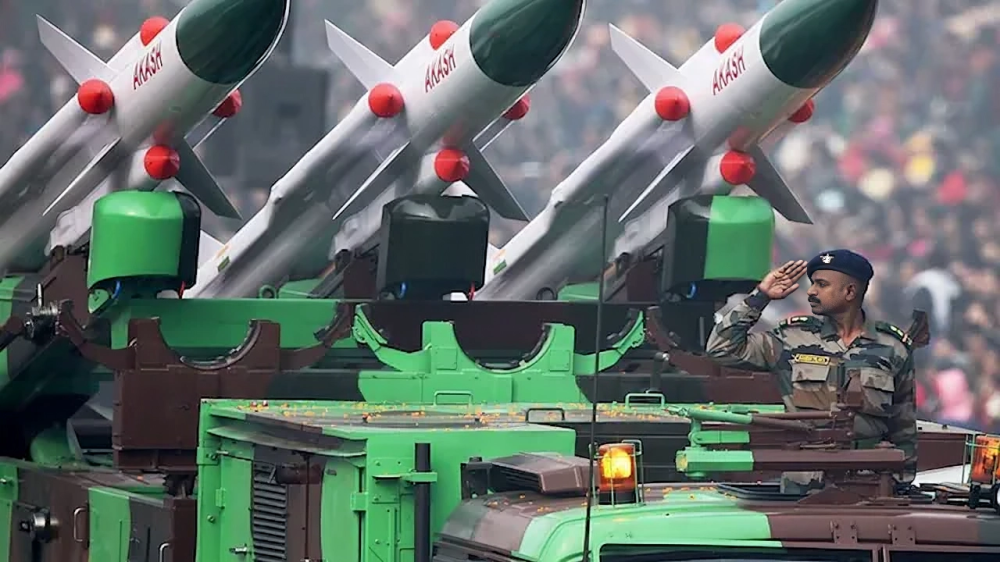In a landmark move aimed at boosting self-reliance in defense, the Ministry of Defence (MoD) has announced a major reduction in procurement timelines, cutting nearly 69 weeks from the acquisition process. Defence Secretary Rajesh Kumar Singh shared the development at a press briefing, calling it a key step in achieving the broader national goal of Atmanirbharta and the vision of a Viksit Bharat.
The announcement forms part of the MoD’s declaration of 2025 as the “Year of Reforms,” an initiative focused on increasing efficiency and reducing bureaucratic delays in defense procurement. The changes are expected to significantly speed up the acquisition of critical equipment, including high-priority indigenous projects like the Advanced Medium Combat Aircraft (AMCA), which has long faced delays.
The AMCA program, led by the Aeronautical Development Agency, is now aiming for a prototype rollout by late 2026 or early 2027, with a maiden flight scheduled for 2028. Originally projected to take flight in 2018, the program has struggled with funding gaps, production bottlenecks, and delays in securing approvals, particularly for engine development.
Singh also underscored the increasing importance of private sector involvement in defense R&D and manufacturing. He pointed to models like the Strategic Partnership introduced under the Defence Acquisition Procedure 2020 as key to creating a stronger, innovation-driven defense industrial base in India. The Defence Acquisition Council’s approval of ₹54,000 crore worth of military hardware purchases in March 2025 further supports this push, alongside the introduction of revised guidelines that aim to reduce procurement timelines by 10 to 15 percent.
Despite India’s growing economic stature as a $4 trillion economy, its defense sector has remained heavily import-dependent. The MoD’s latest reforms are intended to reverse this trend by empowering both public and private entities to develop and deliver cutting-edge military technologies. Singh highlighted the formation of a high-level committee to craft a clear strategy and business model for production, especially for flagship projects like the AMCA.
The reforms also aim to address regional security dynamics, with rising tensions involving China and Pakistan reinforcing the need for a rapid and self-reliant defense posture. Singh called on private firms to increase investment in indigenous innovation and collaborate with both public-sector units and foreign OEMs to achieve a sustainable defense manufacturing ecosystem.
Industry experts have responded with cautious optimism. While many welcome the shift toward faster, more transparent processes, some remain skeptical about the pace of implementation given India’s historically slow-moving defense bureaucracy. Nonetheless, the reduction in procurement timelines and the emphasis on private sector involvement mark a significant step forward in India’s journey toward defense self-reliance.













